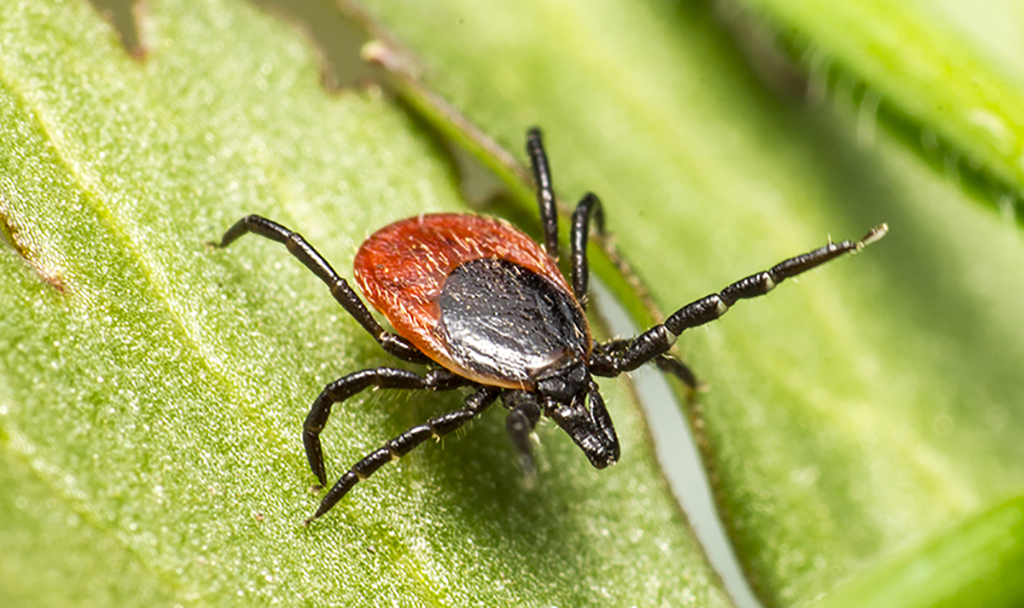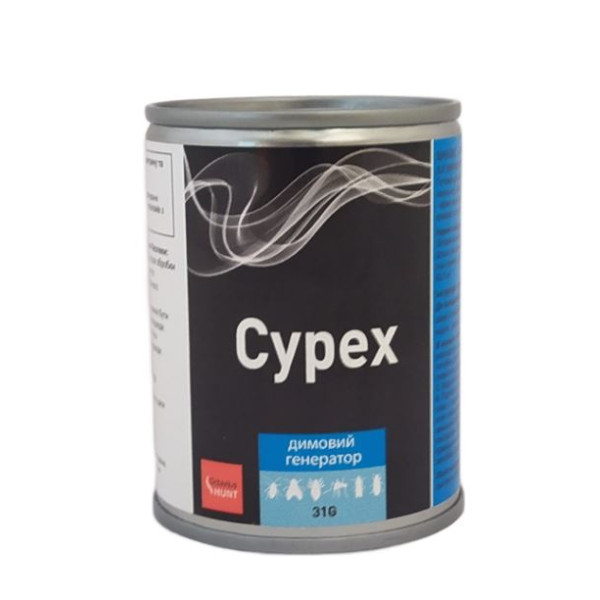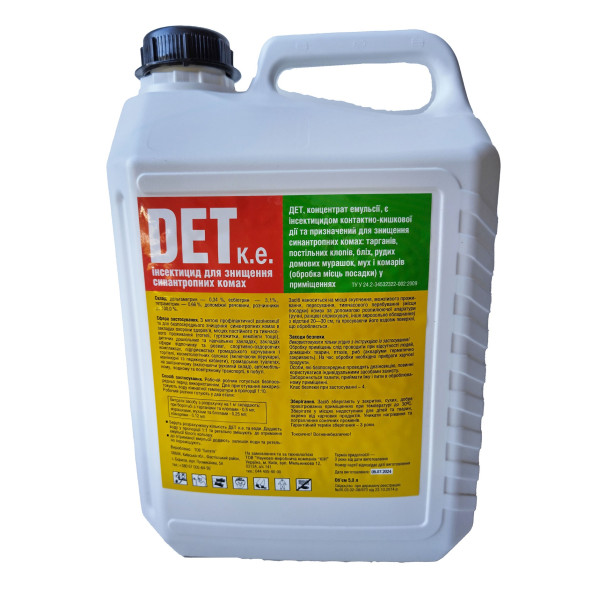Your shopping cart is empty!
Destruction of ticks

Ticks are arthropods, the most common being ixodid ticks. They are often called “hard” ticks because they have hard scutes that cover the entire back in males and part of the body in females. The body of ixodid ticks is oval and dorsoventrally flattened unless they feed on blood. After feeding, they become rounded and enlarged, and can increase their volume up to 200 times.
Behavior, nutrition and habits
Ticks lead a free and parasitic lifestyle. Hungry, ticks crawl along the tops of grass and other vegetation, covering up to several meters. They begin to chase, waving their paws in the air in search of the owner. When the host rubs against the plant, the tick is freed from it and crawls onto the host, they spend only a small part of their life on the host, the rest of the time they are on the ground, hiding under leaves, etc., where they digest the food they have taken, molt and wait, to find a new host to feed again. Typically, they feed once at each stage. Larvae drink blood for 2-4 days, nymphs - 4-6 days, females - up to 15 days.
Spreading
Ticks go through four different stages of development: egg, larva, nymph and adult. Mating usually occurs after the digestion process, and then the female tick leaves her host, lays eggs on the ground, away from light, in groups, from which larvae hatch after 16-30 days. Ticks are extremely prolific: one female lays from 1500-2000 to 20,000 eggs within 6-20 days. After feeding on the host's blood, the larvae drop to begin their metamorphosis, a process that takes days to weeks, depending on temperature and humidity, to moult and enter the nymphal stage. Larvae, nymphs and adults feed on blood and all parasitize animals and humans. Nymphs differ from adult forms in their smaller size.
Harm
Ticks are proven carriers of a number of microorganisms - viruses, rickettsia, bacteria and protozoa, which cause various human diseases. They parasitize many groups of vertebrates (amphibians, reptiles, birds and mammals), and pathogens can be transmitted from one generation of ticks to another and from one stage of development to another. This makes them not only carriers, but also reservoirs of infections. Ticks are carriers of Crimean-Congo hemorrhagic fever, Marseilles fever, Lyme borreliosis, tick-borne encephalitis, Q fever, tularemia, etc.
Signs of a bite
In recent years, there has been a powerful influx of pests into urban areas - parks, inter-block spaces, dacha areas, and the like. Usually a tick bite is painless and goes unnoticed. After some time, redness, swelling and pain appear at the site
Treatment against ticks
Destruction of ticks is a necessary procedure when these arthropods appear. Ticks are small insects that often live on land. There are a huge number of species of ticks, some of which are dangerous to humans and are carriers of diseases, while others cause harm to agricultural products.
Mite disinfestation allows you to get rid of house dust mites, which are one of the most important household allergens that cause various allergic diseases.
Treatment for ticks is carried out using various disinfection measures, some of which are aimed at preventing the appearance of ticks, and others at destroying these parasites.
Processing stages
Survey of the object in order to detect colonies, nests and breeding sites of ticks.
Selection of the most optimal preparations for pest control procedures.
Carrying out markings around the perimeter, allowing for high-quality disinfestation.
Complex object processing.
Destruction methods
To kill ticks, special chemicals are used - acaricides. Acaricidal treatment against ticks is carried out using effective technologies.
- Cold fumigation
Cold fog is created by a special generator. Fine drops of working fluid with the addition of acaricide have a temperature equal to the ambient temperature. The working solution covers the floor, walls, penetrates cracks and cracks, which leads to the death of adult ticks, eggs and larvae of ticks. Cold fog stays in the air for 3-4 hours.
- Hot fumigation
Sanitation of premises also involves the use of hot fog technology. It is also produced by a special generator, but in this technology the working fluid is heated.
The fog temperature is at least 60 degrees Celsius, the solution droplets are much smaller than cold fog droplets. This ensures deeper penetration of the disinfectant solution even into the most inaccessible places, ensuring the most effective treatment.
Due to the fact that hot fog droplets are much smaller in size compared to cold fog droplets, the working fluid is retained in the air for up to 10 hours.
Who carries out high-quality tick disinfestation?
In the online store "Spetstekhnologiya" you can order the destruction of ticks indoors. We offer competitive prices for services, the cost of which depends on the area of the premises being processed, the complexity of the work and other factors.
Professional chemical treatment of an apartment, house and other premises is carried out with long-acting acaricidal agents. The drugs help destroy mites and prevent their reappearance.
We have quality certificates for all preparations for killing ticks; they are absolutely safe for the health of people and pets. After treating the walls, there are no stains or smudges left.
All work is carried out by qualified specialists with guarantees, the site is visited at a time convenient for the client. You can find out how much it costs to remove ticks on the website or during a telephone consultation.

/Snimok1-600x600.JPG)

